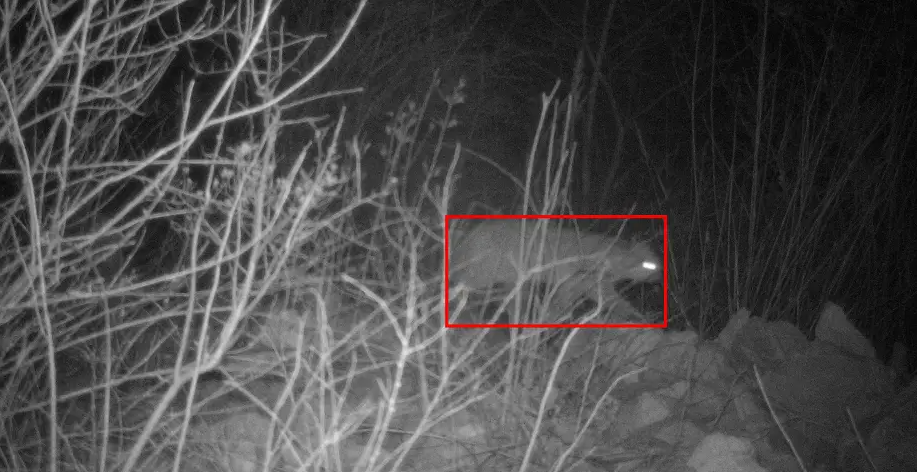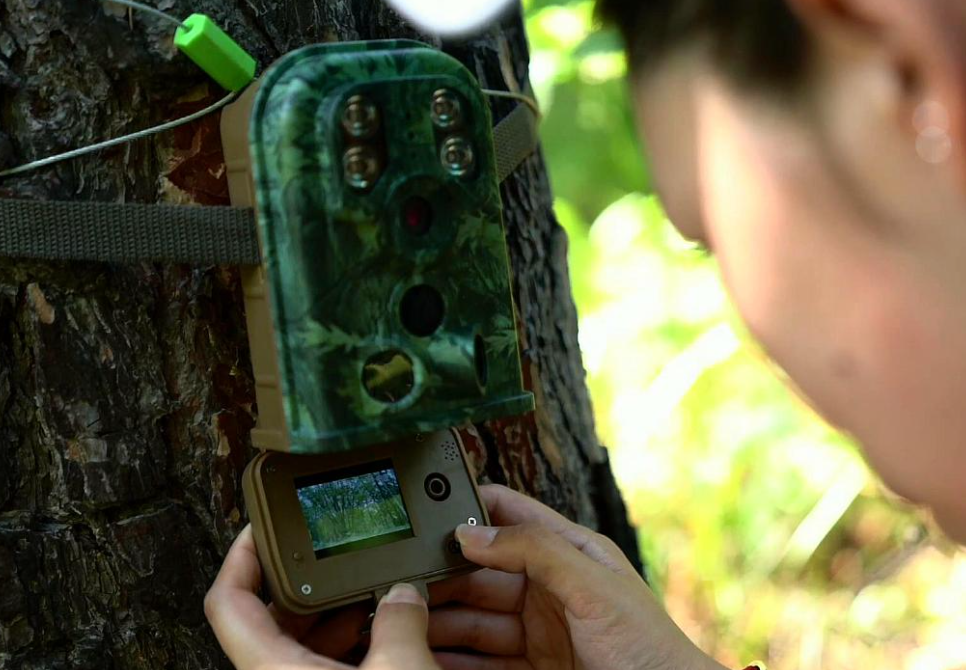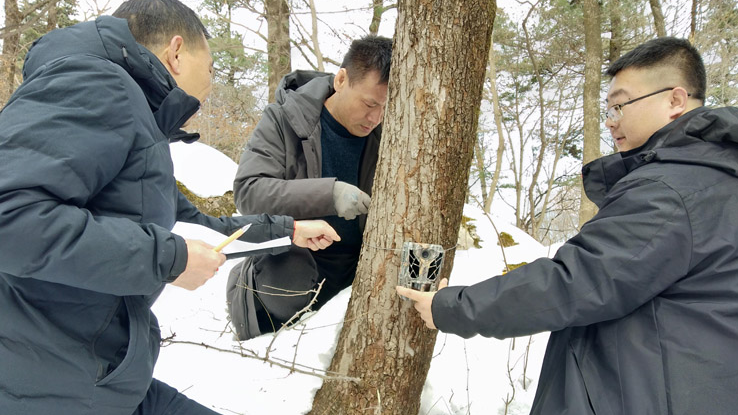1. Introduction
Hunting monitoring cameras play an important role in many fields such as wildlife observation and hunting management. Battery life is a key indicator of its performance, which is directly related to whether the camera can continue to work effectively. Understanding the factors that affect battery life can help users better plan the use of the camera and avoid missing important monitoring information due to battery exhaustion.
2. Camera performance factors
2.1 Shooting mode and function
Shooting frequency: If the camera is set to shoot at a high frequency, such as taking a photo every few seconds or recording a video continuously for a long time, the battery power will be consumed quickly. Because the camera's image sensor, processor and other components need to work continuously, each shot involves the activation and data processing of multiple electronic components. For example, a camera that takes one photo per second will consume its battery much faster than a camera that takes one photo every 10 minutes.

Shooting mode: Different shooting modes have different effects on battery life. In continuous shooting mode, the camera needs to process and store multiple photos in a short period of time, which greatly increases the battery consumption. For example, some cameras can shoot more than 10 frames per second, which requires the processor and storage device to run at high speed, and the battery power will drop sharply. Single-shot mode consumes less power.
Video shooting: Recording video consumes more power than taking photos. This is because video shooting requires continuous acquisition, processing and storage of dynamic image data. Especially HD or UHD video shooting has higher requirements for data transmission and processing, and requires more power support. For example, a camera that shoots 4K video may consume about twice as much power as a camera that shoots 1080p video.
2.2 Display and viewfinder
Display type and size: If the camera is equipped with a larger, high-resolution liquid crystal display (LCD), it will consume more power. Because the large screen requires more backlight to ensure visibility, and the high resolution means that more pixels need to be driven. For example, a camera with a 3.5-inch HD display will consume battery much faster when the display is turned on than a camera with a 2-inch ordinary display.
Display usage time: Frequent viewing of the display will shorten battery life. Every time the display is turned on, the screen's backlight and pixel circuits consume power. For example, some users may be accustomed to checking photos after each shot, so frequently turning the display on and off will accelerate the loss of battery power.
Optical viewfinder: Compared with the electronic viewfinder, the optical viewfinder itself does not consume the camera's battery power. Because the optical viewfinder directly views through the optical lens, it does not involve the power consumption process of electronic components.
2.3 Differences between camera brands and models
Circuit design: Cameras of different brands and models have different circuit designs. Some cameras have more efficient circuit designs that can reduce power consumption while ensuring performance. For example, some high-end camera brands use advanced energy-saving chips and optimized circuit layouts, which can save a certain amount of power compared to other ordinary cameras under the same usage conditions.
Power management system: A good power management system can intelligently adjust the power distribution according to the camera's usage status. For example, when the camera is in standby mode, some cameras with excellent power management systems can put unnecessary electronic components (such as flash, some processor cores, etc.) into low-power mode, thereby extending battery life.

3. Battery characteristic factors
3.1 Battery type
Rechargeable lithium battery: Lithium batteries have a high energy density and can store more power in the same volume. They have a relatively low self-discharge rate and can be recharged multiple times. Under normal use conditions, lithium batteries can provide relatively stable power support for the camera. However, the performance of lithium batteries will be greatly affected in low temperature environments.
Dry batteries: Dry batteries are easy to use and do not require special charging equipment. However, their energy density is relatively low, and the rate of power decline may accelerate as the use time increases. For example, alkaline dry batteries may quickly run out of power in high-power camera usage scenarios.
3.2 Battery capacity
The size of the battery capacity directly determines how much power the battery can provide. Generally speaking, the larger the capacity, the longer the battery life. For example, a battery with a capacity of 3000mAh usually allows the camera to work longer than a battery with a capacity of 1500mAh. This is like a large water tank and a small water tank. The large water tank can provide more water (power) to support the operation of the camera.
3.3 Battery quality and matching
Quality difference: High-quality batteries are more sophisticated in terms of materials, manufacturing processes, etc. They can provide more stable voltage and current outputs and have a longer service life. For example, the electrode materials inside the batteries of high-quality brands are of high purity, and the battery structure is reasonably designed, which can reduce internal resistance and thus reduce energy loss.
Matching: It is crucial to use batteries that match the camera model. If the electrical parameters of the battery and the camera do not match, the battery may not be charged normally or abnormal power consumption may occur during use. For example, some cameras require specific models of batteries, and using other mismatched batteries may prevent the camera's power management system from working effectively.

4. Environmental factors of use
4.1 Temperature influence
High temperature environment: In a high temperature environment, the chemical reaction speed inside the battery is accelerated, which may cause the battery self-discharge rate to increase. At the same time, high temperature may also affect the performance and life of the battery. For example, when the temperature exceeds a certain limit (such as above 40°C), the effective capacity of the battery may decrease, thereby shortening the battery life. Moreover, high temperature may also have an adverse effect on the electronic components inside the camera, indirectly increasing the battery's power consumption.
Low temperature environment: Low temperature will slow down the chemical reaction of the battery, and the output voltage and capacity of the battery will be reduced. For example, in an environment below 0℃, the performance of lithium batteries may drop significantly, and the battery power may decrease rapidly in a short period of time. Just like people become slow in cold environments, batteries will also be "sluggish" at low temperatures.
4.2 Humidity and dust
Humidity effect: High humidity environments may cause moisture to the battery and the internal circuit of the camera. The battery may short-circuit or corrode after being damp, damaging the performance of the battery. For the internal circuit of the camera, moisture may cause electronic component failure, increase power consumption or directly cause the camera to fail to work properly. For example, if the camera is used in a humid rainforest environment, the camera battery and circuit are prone to problems if there are no good waterproof and moisture-proof measures.
Dust effect: Dust entering the camera may interfere with the normal operation of electronic components. For example, dust may adhere to the battery contacts or the camera's circuit board, increasing resistance, causing the battery to consume more power during power supply. Moreover, dust may also affect the heat dissipation performance of the camera, indirectly affecting battery life.

5. Usage Habits
5.1 Shooting Frequency and Duration
As mentioned above, frequent shooting and long shooting will consume a lot of battery power. If the user needs to take a lot of photos or record videos for a long time in a day, the battery life will inevitably be shortened. For example, a wildlife photographer is shooting all day in the wild, and the camera works continuously from morning to night, and the battery may be exhausted within a day.
5.2 Turning on and off functions
Unnecessary functions: Some non-essential functions on the camera, such as Wi-Fi, Bluetooth, and autofocus assist light, will continue to consume battery power if they are always turned on. The Wi-Fi function is used to transfer photos and videos. When it works, it needs to constantly search for signals and transmit data, which will consume more power. For example, when data transmission is not required, if the Wi-Fi function is not turned off, even if the camera is in standby mode, it will slowly consume battery power.
Frequent triggering of automatic functions: Some automatic functions, such as autofocus and auto exposure, are convenient, but they also consume battery power. During each autofocus process, the camera's focus motor and sensor need to work to adjust the focus. If there are frequent object movements or light changes in the shooting scene, resulting in frequent triggering of autofocus and auto exposure, the battery power will be consumed faster.
5.3 Charging habits
Overcharging or over-discharging: Incorrect charging habits will affect the life and performance of the battery. For example, frequently overcharging the battery may cause the battery to bulge and reduce the battery capacity. Over-discharging may cause the battery plates to sulfide, which will also reduce the effective capacity of the battery and shorten the battery life.
Charging frequency: Frequent charging may also have a certain impact on battery life. For example, some users charge the battery when there is still a lot of power left. This may cause battery memory effect (for some types of batteries) in the long run, reducing the actual available capacity of the battery.

6. Accessory use factors
6.1 External flash
Using an external flash will significantly consume battery power. When working, the flash needs to release a large amount of electrical energy instantly to produce strong light. Each flash requires the camera battery to provide enough energy to charge and trigger the flash. For example, a high-power flash may consume about 10% - 20% of the camera battery power when it flashes at full power (depending on the model of the camera and flash).
6.2 Other accessories
Wi-Fi module and GPS positioning: If the camera is connected to a Wi-Fi module for remote data transmission or uses the GPS positioning function to record the shooting location, these accessories will continue to consume battery power. The Wi-Fi module needs to continuously send and receive signals during data transmission, and the GPS positioning function needs to receive satellite signals and perform positioning calculations, which will increase battery power consumption.
Other external devices: For example, external microphones, infrared fill lights and other devices also need to obtain power from the camera battery when working, which affects the battery life.
7. Conclusion
In summary, the battery life of hunting monitoring cameras is affected by many factors such as the camera's own performance, battery characteristics, usage environment, usage habits, and accessory usage. In actual operation, users need to fully consider these factors, reasonably adjust the camera settings, choose appropriate batteries and accessories, and pay attention to the usage environment and charging habits, so as to effectively extend the battery life and ensure that the camera can work continuously and stably, providing reliable support for activities such as hunting monitoring.


